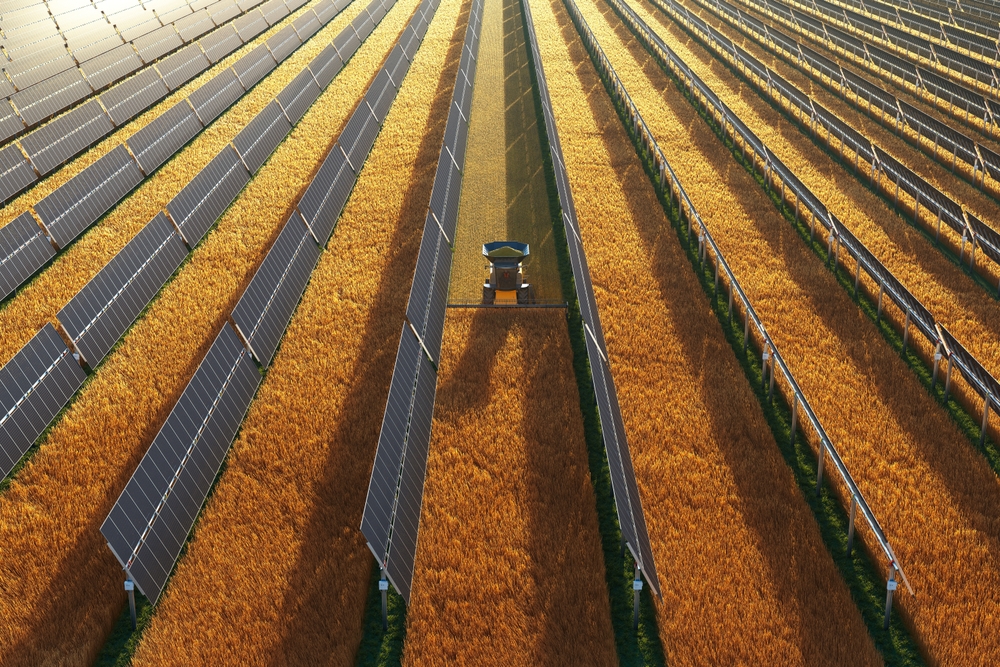The U.S. Department of Agriculture is pulling the plug. Agriculture Secretary Brooke Rollins announced that the agency will no longer support solar and wind projects on fertile farmland. The decision fits into a series of measures under President Donald Trump aimed at slowing the expansion of renewable energy. (reuters: 18.08.25)
Rollins warns of losses on arable land
Trump repeatedly described solar and wind power as unreliable, expensive, and dependent on Chinese supply chains. Rollins addressed this criticism sharply. She wrote: “Millions of acres of prime farmland are being left unusable so that Green New Deal subsidies can be used to build solar panels. This destruction of our farms and fertile soils is destroying any prospects for the next generation of farmers and the future of our country.” She emphasized that, in her view, preserving the agricultural base is a priority.

The minister also pointed to the burden of projects that take up land and thus limit the prospects of many farmers. While there is a clear trend toward renewable energies in the United States, the Trump administration is pursuing a contrary approach.
Previous billion-dollar funding expires
For years, significant sums have flowed into renewable energy projects. According to the agency, more than two billion dollars have already flowed into solar and wind power plants through the Rural Energy for America program. Rural electric cooperatives also benefited from financial support. This trend is now coming to an abrupt end.
This step represents a break with previous funding policy. Smaller communities in rural areas, in particular, had benefited from subsidies because they were able to reduce their energy costs with their own solar or wind projects. Without new funding, an important impetus for the expansion of decentralized energy supply is now missing.
Numbers put area loss into perspective
A look at studies conducted by the ministry, however, reveals a more nuanced picture. According to a 2024 survey, solar and wind farms used approximately 424,000 acres of land in 2020. This corresponds to only about 0.05 percent of the nearly 900 million acres under agricultural land in the United States. Moreover, the majority of these areas remained in production despite the installations.
The data illustrates that the actual impact is lower than many critics assume. Nevertheless, the administration’s policy course remains clear. Economic dependence on China is considered a key argument against photovoltaics and wind power among those close to the president. At the same time, there remains concern that agricultural use will be restricted by new solar and wind projects on arable land.
Political line against renewable energies
The decision is part of a larger strategy. The government had previously halted programs designed to promote solar installations for low-income households. The White House also plans further cuts in budgets for environmental and climate projects.
The focus is on traditional agriculture and fossil fuels. This signals that the government prioritizes security of supply over climate protection. Whether this policy will bring long-term benefits or create competitive disadvantages remains to be seen. The future of energy policy in the United States is therefore closely linked to the question of how much agricultural land will be blocked for renewables in the future.
